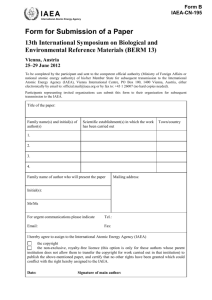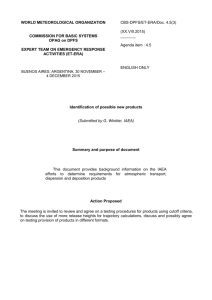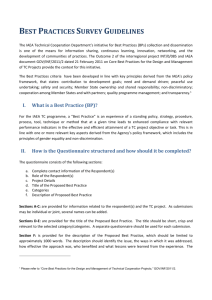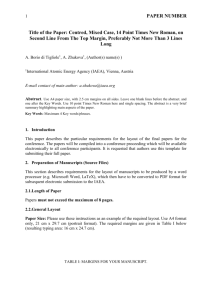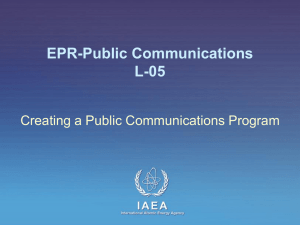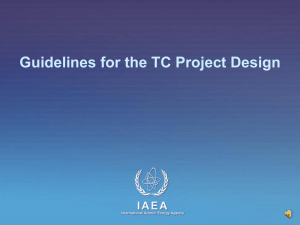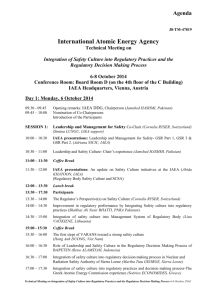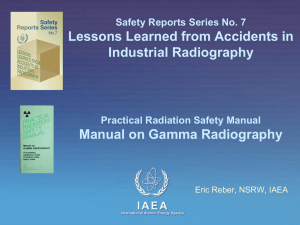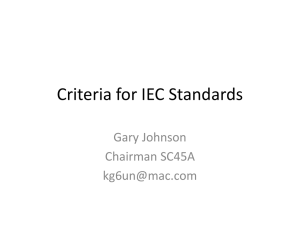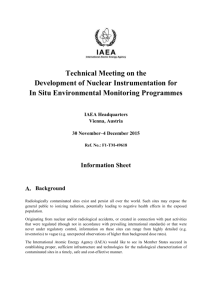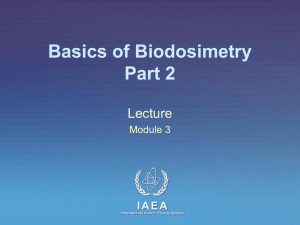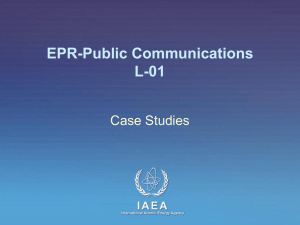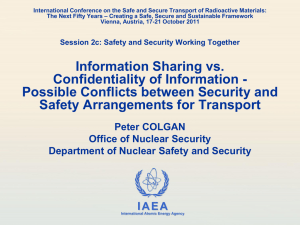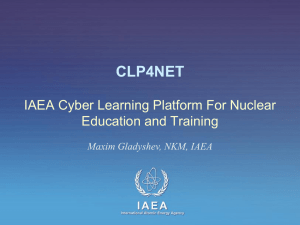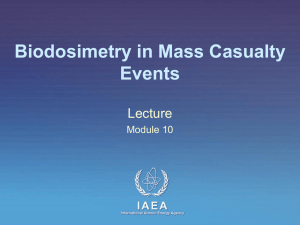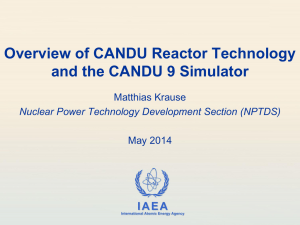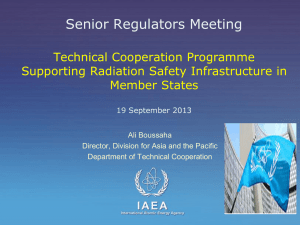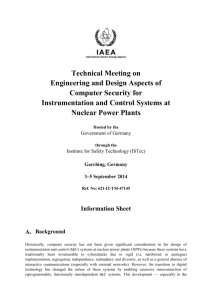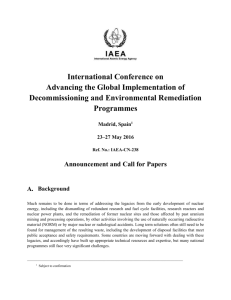L-09 Audiences and Communication Channels
advertisement
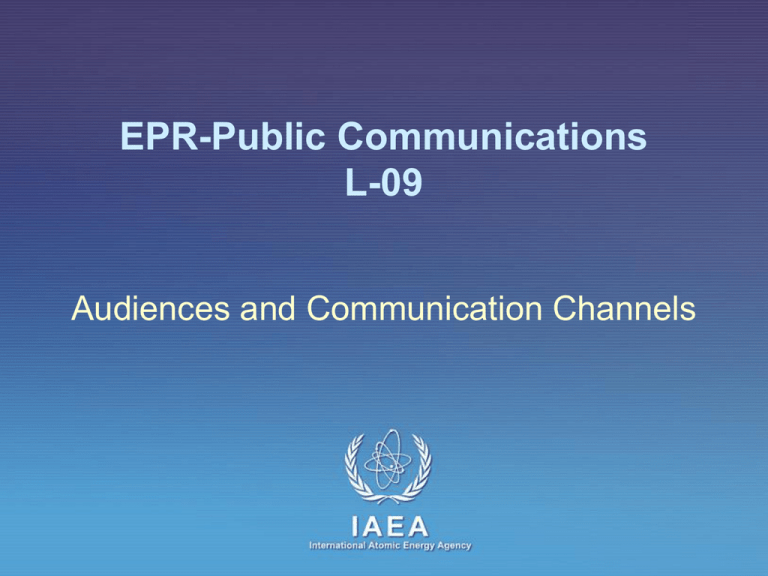
EPR-Public Communications L-09 Audiences and Communication Channels IAEA International Atomic Energy Agency Audience needs • “General public” notion is not accurate; • Each group has specific interests, priorities and information needs; • Audiences must be identified prior to emergency; • Directly affected groups require detailed information on risks and responses; • Indirectly affected groups need tailored information to reduce risks and fears. IAEA Identifying audiences • People directly affected by emergency; • People associated with those affected (e.g. families, friends, colleagues and neighbours); • People using affected infrastructure (e.g. roads, parks, schools and water supplies); IAEA Audiences – continued • People affected by protective actions (e.g. evacuation, iodine tablets and sheltering); • People responsible for responding to the event; • People measuring & monitoring contamination; IAEA Audiences – continued • Opinion makers and leaders in affected area; • People making decisions on radiation protection; • People obstructing decisions on radiation protection; IAEA Audiences – continued • People who need to be informed by law, convention or agreement; • People suffering economic shortages due to the event. IAEA More audiences • Nuclear actors not involved in emergency response; • Potential visitors to affected site (e.g. reporters, officials, environmental activists and regulators). IAEA Key communication tips • Audiences should be engaged in preparedness phase; • Identify drivers of trust, agreement and controversy; IAEA Tips – continued • Involve stakeholder groups in policy dialogues and decisions; • Involvement builds trust, understanding and cooperation; • Trust ensures that stakeholder involvement builds confidence and cooperation. IAEA Audiences, channels and messages • Audiences; • Messages; • Information products and activities; • Effective communications strategy forges an efficient combination of these key components. IAEA Key channels of communication • Different channels are available to transmit information from an organization to the public; • These channels can be controlled by a specific interest or can be completely uncontrolled; • Communications channels include telephonesboth voice and text; electronic media-television and radio; print media; internet-email, websites and social networking technologies; • Not all channels will necessarily be available or practical to use in an emergency. IAEA Classification of channels Controlled channels Organizationcontrolled Printed products Public information services Mass mediacontrolled Public meetings Online chat rooms Blogs Internet websites Social media Telephone hotlines SMS Video materials Online video sharing Broadcast media Print media Online media IAEA Uncontrolled channels Available communications channels • What are the common communications channels that would be available in your country? • Are they controlled? By whom? • Are they uncontrolled? IAEA Organization website • Should contain pre-existing content on • • • • radiation safety; Should have sign-up for e-mail updates; Should have all press releases issued; Can host officials and reporters for on-line interchange; Organization should identify itself on social media sites. IAEA Mass media • Internet will not replace the traditional news media; • Misleading information could negatively affect emergency countermeasures; • Special companies monitor/analyze mass media and internet sites. IAEA
